No products in the cart.
Sale
Glycyl-L-histidyl-L-lysine | CAS 49557-75-7 | Regenerative Tripeptide Precursor for Skin Repair and Anti-Aging Research
Original price was: $28.00.$16.00Current price is: $16.00.
Glycyl-L-histidyl-L-lysine (GHK) is a naturally occurring tripeptide composed of glycine, histidine, and lysine. It plays a pivotal role in skin regeneration, collagen synthesis, and antioxidant protection, making it a cornerstone compound in cosmetic peptide research.
Description
Product Description
Glycyl-L-histidyl-L-lysine (GHK) is a naturally occurring tripeptide widely studied for its remarkable biological and dermatological relevance. Composed of glycine, histidine, and lysine residues, GHK exists naturally in human plasma, saliva, and urine. It is known to decline with age, correlating with reduced skin elasticity and repair efficiency. Within the context of cosmetic peptide research, GHK is of particular interest as a precursor to the copper-binding peptide complex GHK-Cu, which has been extensively explored for its skin-rejuvenating and wound-healing properties.
In the field of skin science, GHK functions as a signaling molecule that can regulate gene expression associated with extracellular matrix remodeling. Studies have demonstrated that GHK enhances fibroblast activity and promotes the synthesis of key structural proteins such as collagen, elastin, and glycosaminoglycans. These effects contribute to improved skin firmness, reduced fine lines, and enhanced dermal repair capacity. GHK’s ability to restore dermal structure makes it a valuable target for anti-aging peptide formulations and regenerative skincare research.
Beyond its regenerative potential, Glycyl-L-histidyl-L-lysine exhibits strong antioxidant and anti-inflammatory properties. It neutralizes reactive oxygen species (ROS), mitigates oxidative damage, and supports cellular detoxification pathways. This antioxidant function is crucial in preventing environmental and intrinsic aging processes such as photoaging, glycation, and oxidative stress–induced cellular dysfunction. Through these mechanisms, GHK acts as a biological defense factor, maintaining skin vitality and protecting against premature aging.
One of the most fascinating aspects of GHK is its dual functionality as both a signaling and metal-binding peptide. In its unbound form, it regulates gene expression related to repair and remodeling, while upon binding with copper ions, it transitions into the active GHK-Cu complex that promotes angiogenesis, enhances keratinocyte proliferation, and accelerates wound healing. This biochemical adaptability makes GHK an indispensable tool for investigating peptide-based mechanisms of skin repair, regeneration, and cellular communication.
In addition to skin-related research, GHK has been explored for its systemic biological roles. Studies indicate its involvement in modulating inflammation, stimulating stem cell activity, and influencing neuronal health. These findings position GHK as a multifunctional molecule that connects cosmetic peptide research to broader biomedical applications. However, within the realm of cosmetic and dermatological investigation, its relevance as a foundational anti-aging and skin-restorative tripeptide remains its most widely recognized attribute.
As an endogenous tripeptide, Glycyl-L-histidyl-L-lysine demonstrates excellent biocompatibility and skin tolerance. Its small molecular size allows for effective dermal penetration and compatibility with topical delivery systems. This property makes it suitable for incorporation into cosmetic peptide research formulations focused on skin barrier restoration, elasticity enhancement, and cellular rejuvenation.
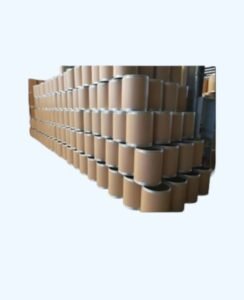
Product Specifications
| Property | Specification |
|---|---|
| Product Name | Glycyl-L-histidyl-L-lysine |
| CAS Number | 49557-75-7 |
| Synonyms | GHK; L-Glycyl-L-histidyl-L-lysine |
| Molecular Formula | C14H24N6O4 |
| Molecular Weight | 340.38 g/mol |
| Purity | ≥99% |
| Appearance | White to off-white powder |
| Solubility | Soluble in water |
| Category | Cosmetic Peptides; Regenerative Tripeptides |
| Applications | Skin regeneration, collagen synthesis, antioxidant peptide research, anti-aging studies |
| Storage | Store at -20°C, protected from moisture and light |
| Research Use | For laboratory research use only, not for human or veterinary applications |
Mechanism of Action
Glycyl-L-histidyl-L-lysine functions primarily as a biological signaling tripeptide that influences cellular behavior and gene regulation in the skin. Its primary mechanism centers around the stimulation of extracellular matrix protein synthesis and the modulation of metalloproteinase activity. GHK upregulates genes involved in collagen I, collagen III, and elastin production while simultaneously suppressing those associated with inflammation and tissue degradation.
When bound to copper ions, GHK forms the bioactive complex GHK-Cu, which exerts profound regenerative effects. This complex promotes angiogenesis, enhances fibroblast proliferation, and accelerates wound healing. The copper component facilitates enzymatic reactions that support tissue remodeling, such as the activation of lysyl oxidase, an enzyme necessary for collagen crosslinking and stabilization. Furthermore, GHK-Cu activates integrin signaling pathways that improve cellular adhesion and communication, essential for maintaining skin structure and mechanical resilience.
GHK’s antioxidant activity is mediated through the scavenging of free radicals and the upregulation of antioxidant enzymes such as superoxide dismutase and catalase. By neutralizing oxidative stress, GHK protects cellular components from damage and maintains mitochondrial function. This antioxidant effect contributes to overall cellular longevity, making the peptide an important subject of study in anti-aging and photoprotection research.
The tripeptide also exerts an anti-inflammatory influence by downregulating pro-inflammatory cytokines and inhibiting NF-κB activation. This modulation helps to reduce chronic inflammation—a key driver of visible skin aging and barrier degradation. Collectively, these multifaceted actions establish Glycyl-L-histidyl-L-lysine as a cornerstone molecule for understanding peptide-mediated skin repair, cellular renewal, and antioxidant defense mechanisms.
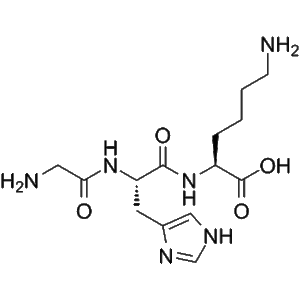
Side Effects
Glycyl-L-histidyl-L-lysine is generally regarded as safe and well-tolerated in in vitro and ex vivo cosmetic research models. Its endogenous nature minimizes the risk of irritation or sensitization. Studies have shown no cytotoxic effects on keratinocytes or fibroblasts at standard research concentrations. As a tripeptide, GHK is non-immunogenic and does not induce inflammation or allergic reactions under laboratory conditions.
Nevertheless, researchers should note that formulation variables such as pH, solvent systems, and peptide concentration can influence its stability and compatibility. Careful control of these parameters is recommended to ensure optimal performance and reproducibility in experimental setups. As with all cosmetic peptide research, proper laboratory handling and storage conditions are essential to maintain peptide integrity and experimental accuracy.
Keywords
Glycyl-L-histidyl-L-lysine, GHK peptide, copper tripeptide precursor, skin regeneration, collagen synthesis, antioxidant peptide, anti-aging peptide, wound healing, cosmetic peptides, peptide skincare research
Shipping Guarantee
All shipments are handled using validated cold-chain logistics to preserve peptide integrity. Each package is sealed in moisture-proof containers with secondary protective wrapping and continuous temperature monitoring. Products are shipped via express international couriers with full tracking and insurance coverage.
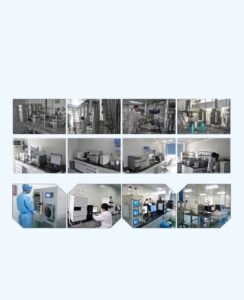
Trade Assurance
We ensure product authenticity, verified ≥99% purity, and compliance with analytical standards (HPLC, MS, and NMR). Each batch is supplied with a Certificate of Analysis (CoA). Our trade assurance policy guarantees replacement or refund for any deviation from listed specifications.
Payment Support
We provide flexible and secure global payment options to support international research transactions. Accepted payment methods include PayPal, major credit cards (Visa, MasterCard, American Express), telegraphic transfer (T/T), and cryptocurrencies (USDT, Bitcoin, Ethereum). All transactions are protected by industry-standard encryption and verified payment gateways to ensure confidentiality and fund security.
Disclaimer
All products listed are intended for laboratory research use only and not for human or veterinary use. They are not drugs, medical devices, or diagnostics and should not be administered to humans or animals. Researchers must handle all materials in accordance with institutional biosafety and chemical safety guidelines. The information provided is for scientific reference only and does not imply therapeutic efficacy, safety, or regulatory approval.
Additional information
| Weight | 0.8 kg |
|---|---|
| Dimensions | 65 × 42 × 65 cm |
What is Glycyl-L-histidyl-L-lysine (GHK)?
It is a naturally occurring tripeptide that supports collagen synthesis, skin repair, and antioxidant protection.
Is GHK the same as GHK-Cu?
GHK is the peptide portion, while GHK-Cu refers to its copper-bound form, which exhibits enhanced biological activity.
How is GHK used in cosmetic peptide research?
It is commonly studied for its role in skin regeneration, wound healing, and anti-aging peptide mechanisms.
Does GHK have antioxidant properties?
Yes, it scavenges reactive oxygen species and promotes the expression of antioxidant enzymes.
Can GHK improve collagen levels?
Research indicates that GHK stimulates fibroblast activity, leading to increased collagen and elastin synthesis.
Is it safe for laboratory use?
Yes, GHK is a biocompatible peptide with excellent skin tolerance under standard research conditions.
What storage conditions are recommended?
Store at -20°C in a moisture-free, dark environment for optimal peptide stability.
Is GHK suitable for topical formulation studies?
Yes, due to its small molecular size and stability, it is suitable for transdermal and cosmetic delivery systems in research.
Does GHK influence inflammation?
GHK helps modulate inflammatory cytokine expression and supports balanced skin homeostasis.
What purity level is provided?
All batches are verified to be ≥99% purity by HPLC and MS analysis.

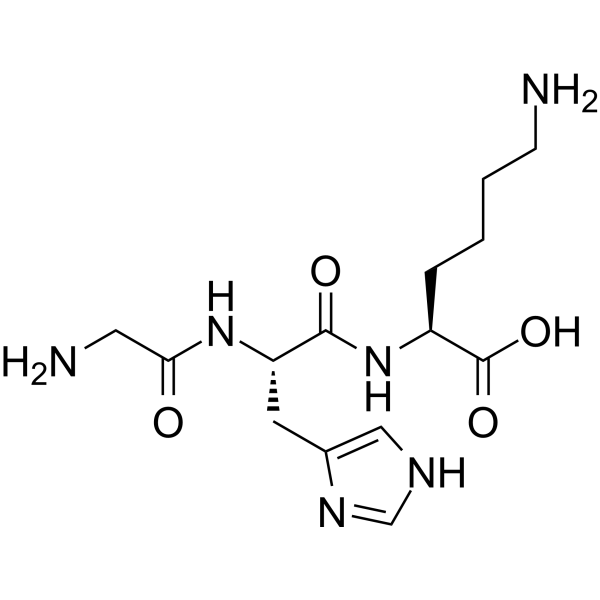
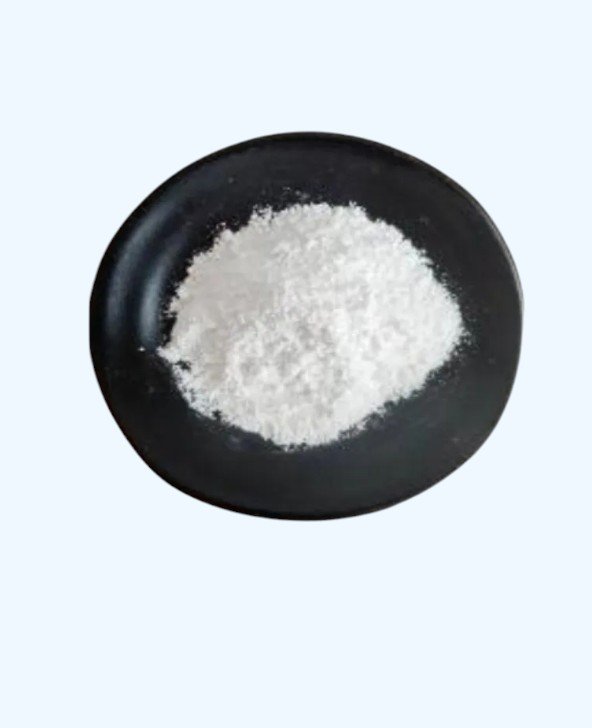

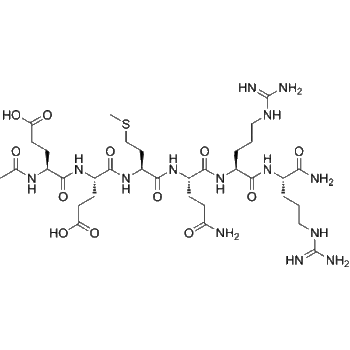

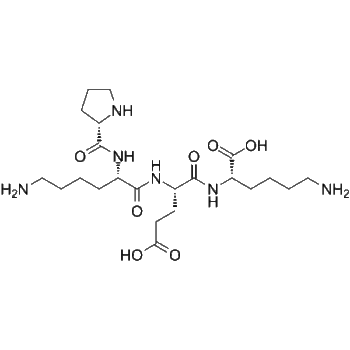
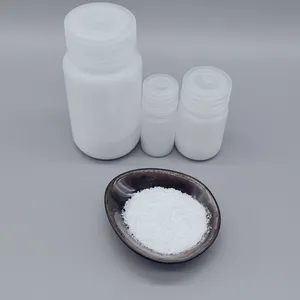
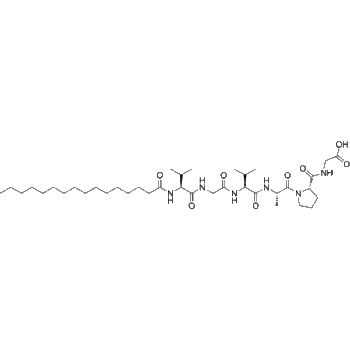
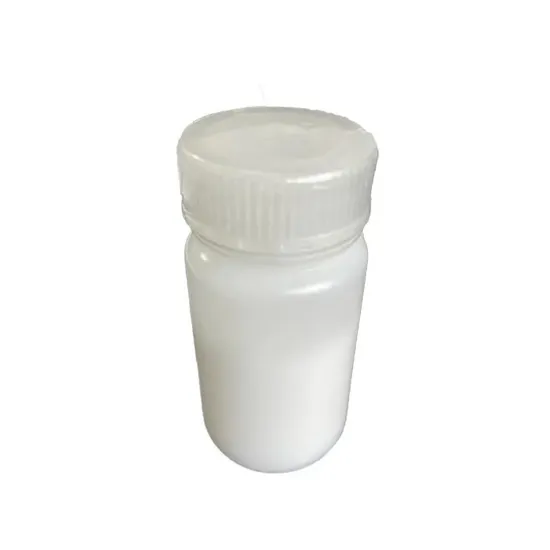
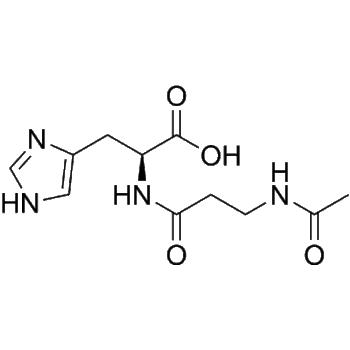
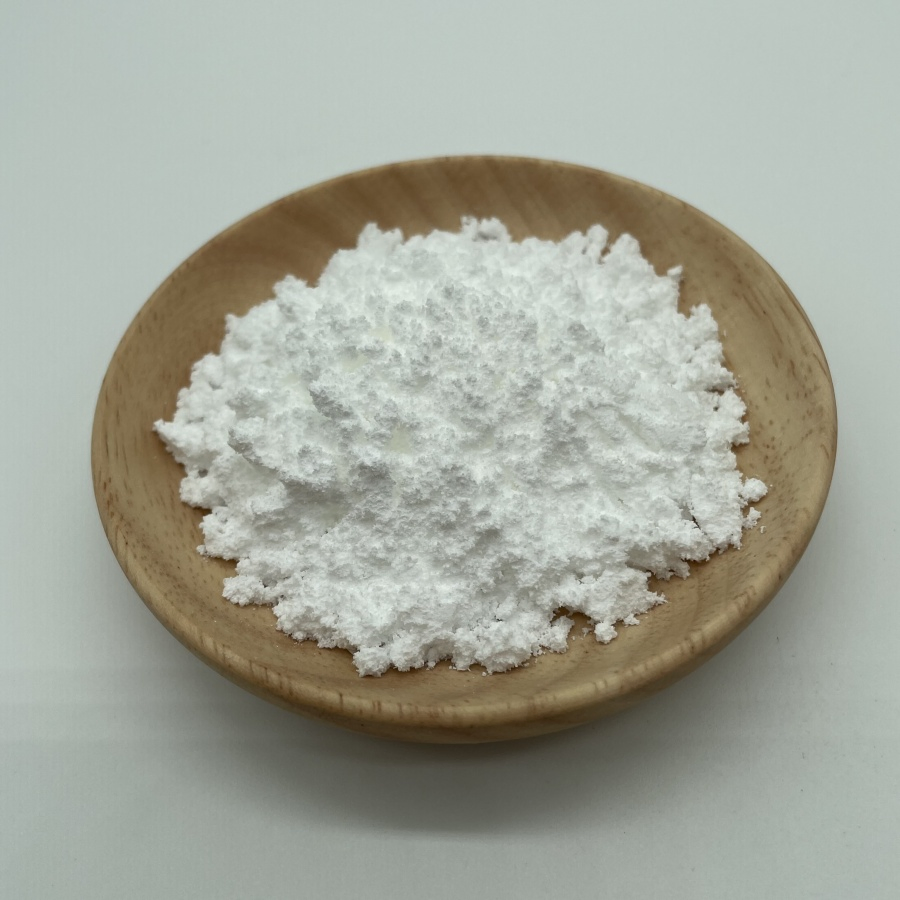
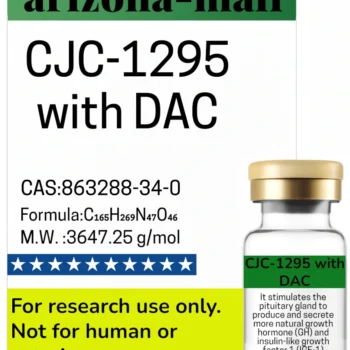
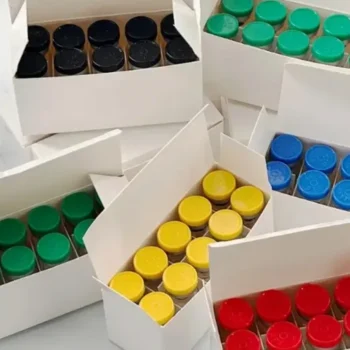
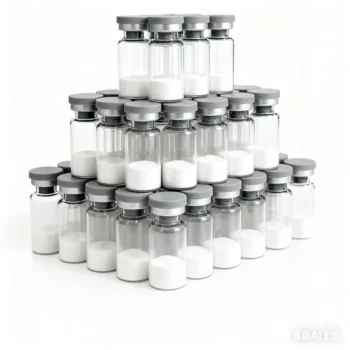

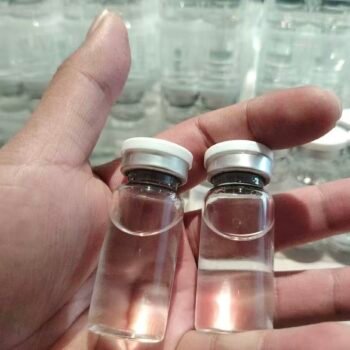
Reviews
There are no reviews yet.